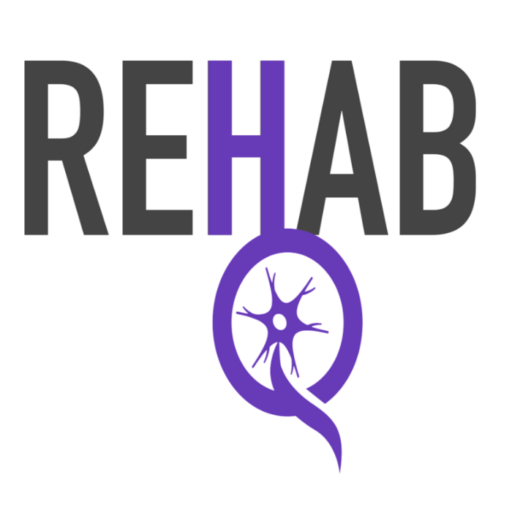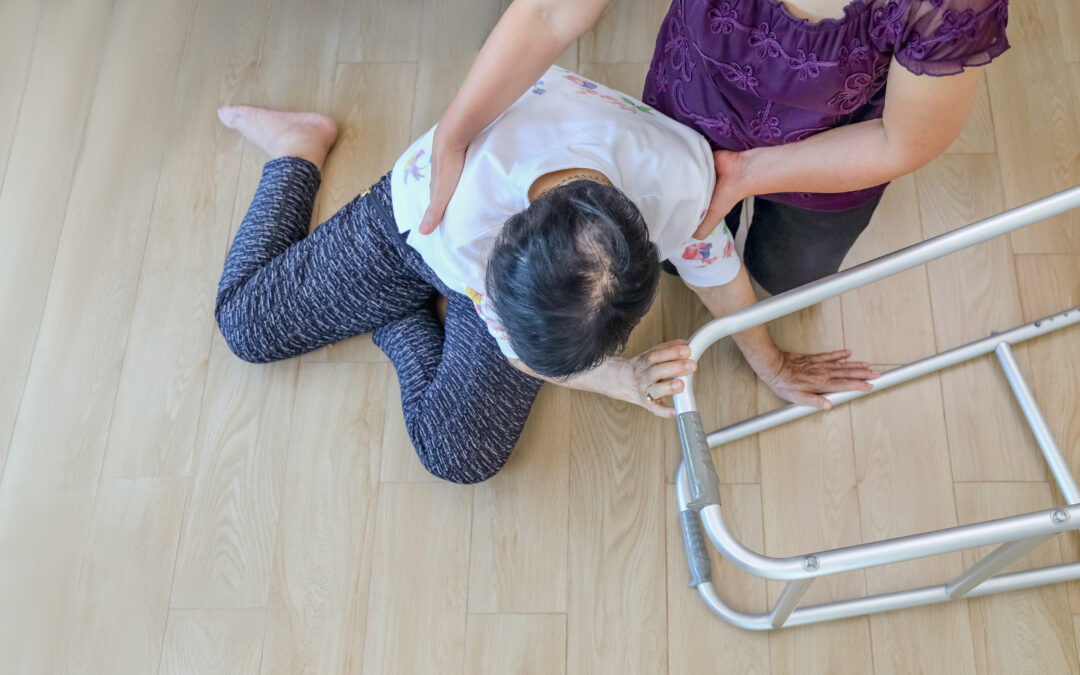Balance (also known as postural stability) is dramatically impacted when there is damage to the neurologic system and can increase the fear of falling. It is the one ability most of us (adult humans) take for granted……..until it is gone. Lack of postural stability can create an “uneasiness” and/or full out fear of walking and moving about our environment. That being said, restoring the ability to maintain an upright posture (within our base of support) is the most critical component of rehab.
What is “balance”?
Balance (Postural stability) is the ability to maintain the center of mass (the body) over the base of support (feet/foot). Maintaining balance is accomplished by small, quick hip, knee, and ankle movements that occur when our center of mass (body) is disrupted. These movements are often automatic. Hence making restoring this system all the more challenging.
How does the balance system work?
Balance is a coordinated effort of multiple systems working together. There is information going into the brain (sensory input) and some sort of motor response (motor output).
Sensory Input and Balance
Information going into the brain comes form 3 sources. The eyes, the vestibular organ in the inner ear, and the pressure and stretch receptors in the soft tissue in the body.
Eyes
Vision (images that project from the eyes to the back of the brain), help the brain to know where the body is in space. For example vertical structures in the environment (projected to the back of the brain) are used as reference points that the brain uses to keep the body vertical.
Vestibular Organ
The vestibular organ is a set of 3 circular canals that sit in the inner ear. These canals each sit on their own axis. Within each canal are crystals that float within the canal and hair like structures attached to the sides of the canal. When the head rotates on a specific axis, the crystals will move inside the canal, causing the hair like structure to move. The hair like structures moving in one canal on a specific axis stimulates a nerve that goes to the brain. That is how the brain learns that the head is moving at a certain angle.
Soft Tissue
Pressure sensors in the body also give the brain information regarding when and how the center of mass may be disrupted. For example more pressure moving to the outside of the foot might tell the brain that we are leaning to one side.
Additionally, stretch receptors in the tendons also give the brain valuable information. If a muscle is stretched on one side of the body, this may indicate to the brain that we are leaning to one side.
Motor Output and Balance
Motor output is the response that the brain sends to the body. The motor output is in response to all the sensory input noted above and prevents us from falling. The brain sends signals to the eye muscles and the larger muscles in the body resulting in small, quick adjustments.
The eye muscles are extremely important because they stabilize the eyes so that the eyes can continue to receive “clear images” while the body may be in motion. That being said, damage to the nerves that control the eye muscles is also important and often neglected in rehab.
The larger muscles have certain nerves that are specifically designs to stimulate the muscle quickly. They are kind of always in a state of partial depolarization. Think about those crazy race car drivers who are revving up their engine before the start of a race. Yes, we have nerves that stay partially depolarized (the brain keeps one foot partially on the gas pedal) that that they can be ready to go and an (instantaneous moment). I know, the body is absolutely amazing. Right?
What causes balance problems and fear of falling?
As we now know, balance involves multiple systems and structures in the body. That being said, a variety of factors can cause a balance problem. Most neurologic conditions will involved damage to one or more of the “balance systems” including:
- Spinal cord injury – can impair both sensory and motor components below the level of the injury
- Stroke – can cause damage to the the areas of the brain that are involved in the sensory component, motor component, and/or “processing” centers in the brain
- Multiple Sclerosis – can cause damage to one or more components of the sensory and/or motor components
- Parkinson’s Disease – damage to the parts of the brain that are involved with coordinated movement
- Traumatic brain injury
- Cerebellar atrophy
- Cerebellar ataxia
- Diabetes Mellitus – Uncontrolled diabetes can cause damage to the eyes and/or sensory nerves
- Aging – although not technically a neurologic injury, aging impacts several components of the balance system
How do you fix a balance problem?
First, it is important to identify where the “breakdown” is occurring in the system. Here are the main components that could potentially be causing the problem:
- Visual problems
- Loss of sensation
- Muscle weakness
- Perceptual problems – knowing where the body is in space (hemi neglect)
- Damage and or problems with the vestibular organ in the inner ear
And in most cases it is usually more than one. For example, you may have loss of sensation in the feet AND weakness in the muscles needed to make an adjustment.
Second, identify all the conditions that cause you to feel uneasy. For example, some people are confident walking inside but get nervous when they walk outside. If this is the case, what other conditions are present in the environment outside? Is it a busy road with loud traffic, honking horns, etc? Or are you at a public space with people walking close to you? Some people also become uneasy due to a change in the surface under the feet. For example transitioning from a side walk to grass or transitioning from a tile floor to carpet. Along those same lines, some people become uneasy with busy patterns on the ground.
Third, recreate the conditions in a safe, familiar environment. In most cases, there are two stages in balance retraining. A thinking stage and an “automatic” stage. In the early stages of balance retraining things are NOT automatic. The thinking stage is a time period when the brain has to give more attention to the task. During this stage, distractions may be counterproductive. Recreating the conditions that are uncomfortable inside, can eliminate distractions and allow you to focus more attention on the activity. Once you are comfortable indoors, you are then ready to tackle that same activity outdoors with more confidence!
Need some fresh ideas on how to improve your balance confidence prevent falls? Check out this video 👇

